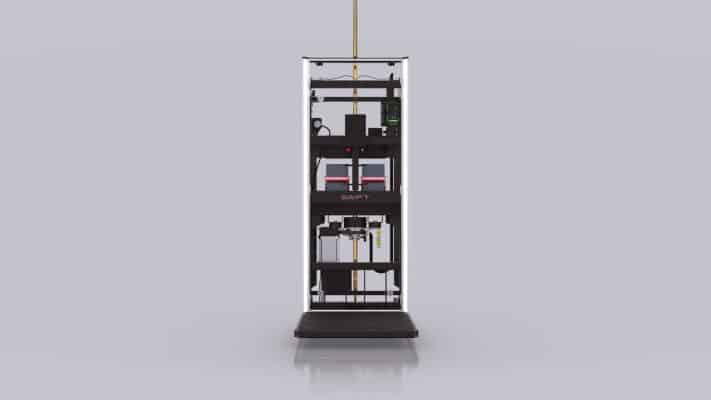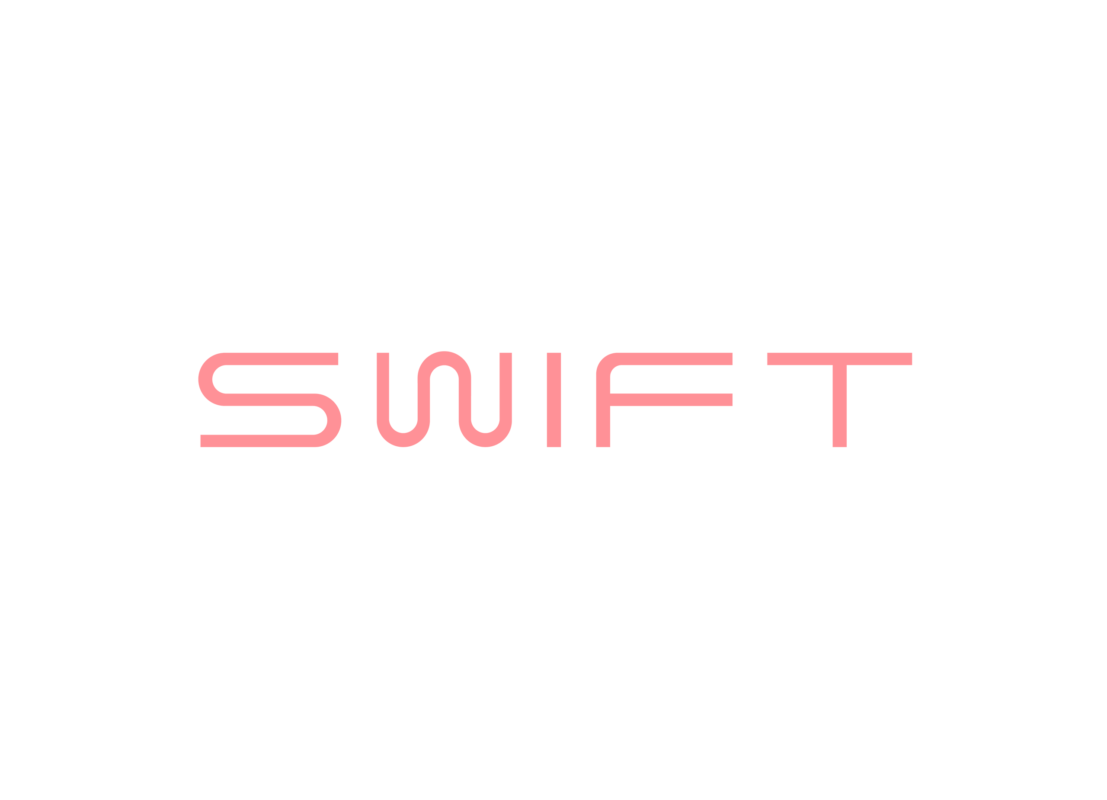How Much Electricity Does SWIFT Consume?
The power consumption of elevators is an important consideration for homeowners and building managers alike. Traditional lifts can consume significant electricity depending on their type, usage frequency, motor efficiency, and load capacity. Understanding the factors that influence elevator power requirements can help you make an informed decision when selecting a home or commercial lift.
How Much Electricity Does a Normal Lift Consume?
Electricity usage varies widely between lift types. A typical residential or low-rise commercial elevator may consume anywhere from 0.5 kWh to 5 kWh per day, depending on how often it is used. Annually, this translates to approximately 180 kWh to 1,800 kWh per year. In contrast, high-rise lifts with larger capacity and faster speeds can consume significantly more energy due to longer travel distances and higher motor demands.
Several factors influence lift power consumption:
- Type of Elevator:
- Traction elevators, especially those with regenerative drives, are more energy-efficient as they can recover energy during descent.
- Hydraulic elevators use more power during ascent and almost none during descent, but lack energy recovery features.
- Machine Room-less (MRL) lifts are generally more efficient than older, geared systems due to modern motor and control technology.
- Motor and Control Systems:
Modern lifts often use permanent magnet motors and Variable Voltage Variable Frequency (VVVF) drives, which allow precise speed control and reduced energy consumption. Advanced controllers minimize standby power, ensuring that the lift does not waste energy when idle. - Standby Power:
Even when not in use, lifts consume electricity for lights, sensors, fans, and control systems. In many elevators, standby consumption can account for 60–70% of total energy usage, highlighting the importance of energy-efficient components. - Usage Frequency:
A lift in a commercial building that operates hundreds of times per day will naturally consume more energy than a residential home elevator used only a few times daily. - Load and Capacity:
Heavier loads require more energy to lift, particularly if the counterweight system isn’t optimized.

How SWIFT Reduces Power Consumption
SWIFT home elevators are designed with energy efficiency in mind. The SWIFT EcoDrive system uses a screw and nut drive combined with a battery-assisted regenerative system. When the elevator moves downwards, it recovers energy and charges the battery, making every fourth ride effectively free in terms of electricity consumption.
Additionally, SWIFT lifts run on standard single-phase 220V power, eliminating the need for high-voltage installations typical of traditional elevators. Low-energy LED lighting and smart control systems further reduce electricity usage, while regular maintenance ensures that the drive system operates efficiently.
Energy-Saving Tips for Home Elevators
- Opt for regenerative drive systems to capture braking energy.
- Install LED cabin lighting and automatic fan shutdown.
- Schedule regular maintenance to keep motors, pulleys, and control systems in optimal condition.
Conclusion
Understanding the lift power consumption is crucial when planning a home or commercial elevator installation. SWIFT home elevators offer a low-energy solution without compromising comfort, safety, or performance. By combining an efficient screw and nut drive, a battery-assisted EcoDrive, and intelligent controls, SWIFT minimizes electricity usage, reduces operational costs, and supports sustainable living.











